Talking Points
- Risk management should be considered prior to entering into a trade
- Never risk more that 1% of your balance on any single trade idea
- Stop trading if losses amount to more than 5% in one trading day
The final lesson scalpers must learn is probably the most important, risk management. The decision on how to manage risk can have a great impact on the bottom line of your account than deciding where your entry orders should go or even what time frame to trade on.
Today we will conclude the Definitive Guide to Scalping as we focus on managing risk when scalping.
Learn Forex – GBPCAD Early Morning Breakout
Stop Placement
The first key to risk management is to identify a key level of support and resistance. This can be done through a variety of methods mentioned in the 4th installment of the Definitive Guide to Forex Scalping. Once found, regardless if you are trading retracements, breakouts, or ranges will have a definitive area to place your stop. In the event you are looking to buy a currency pair, risk should be managed underneath a line of support. Conversely, if a trader is selling a currency pair, risk should be managed above a level of resistance.
Traders should also consider how close to these lines of support and resistance to place their stop. Aggressive traders can set their stop very close to these values to close losing positions as quickly as possible. This is opposed to a more conservative approach where stops would be placed further away to allow positions more space to breath.
When it comes to placing stops it is important to remember that each traders strategy and risk tolerances will be different! But regardless of your choices, always scalp with a stop. Now let’s look at a few other rules scalpers should remember.
The 1% Rule
While no one wants to experience a loss on their account, it is an inevitable part of scalping. Because of this, it is always important to have a plan of action to manage risk before entering into a trade. While placing a stop is important, traders should also consider the 1% rule. This means that traders should never risk more than 1% of their account balance on any one trading idea. That means using the math above, if you are trading a $10,000 account you should never risk more than $100 on any one positions.
The 1% rule can also be coupled with a favorable risk reward ratio. Using a 1:2 setting, this means if we risk 1% in the event of a loss, at minimum we should look to close our trades out for a 2% profit. This would translate into a $200 profit on a $10,000 account balance. Now that you are familiar with the 1% rule, let’s look at our next risk management tip.
The 5% Rule
While no one wants to lose 1% of their account balance on any one trade idea, it is also beneficial to review the maximum exposure you have for your TOTAL account balance. The 5% rule reminds scalpers to never have more than 5% of their total account balance at risk across all trades. I also recommend this as a final cutoff point for trading. Meaning if you lose more than 5% in one day, it is probably best to call it quits and look to pick up trading again when the market is more favorable.
To put this into perspective a scalper with a starting balance of $10,000 on 5 consecutive open positions, at 1% risk per trade , your balance would still have $9500 remaining at the end of the day. This is critical because even on your worst day, you can still come back tomorrow and pick up your trading strategy! Also this rule can prevent revenge trading and accruing even more losses.
Risk Management
To help traders control and manage their risk, programmers at FXCM have created a simple indicator to help decipher how much risk is being assumed on any one particular trade. Once added to Marketscope 2.0, the FXCM Risk Calculator, as depicted above, has the ability to help a trader calculate risk based off of trade size and stop levels.
We walk through the application, as well as how to manage risk in several videos embedded into the brainshark medium. After clicking on the link below, you’ll be asked to input information into the ‘Guestbook,’ after which you’ll be met with a series of risk management videos along with download instructions for the application.
This cncludes the 8th and final installment of The Definitive Guide to Scalping.I hope you have enjoyed this series, and if youhavemissed any of the previous editions of this scalping guide you can catch up on all the action with the previous articles linked below.
The Definitive Guide to Scalping, Part 1: Market Conditions
The Definitive Guide to Scalping, Part2: Currency Pairs
The Definitive Guide to Scalping, Part 3: Time Frames
The Definitive Guide to Scalping, Part4: Support & Resistance
The Definitive Guide to Scalping, Part5: Scalping Ranges
The Definitive Guide to Scalping, Part6: Scalping Retracements
The Definitive Guide to Scalping, Part 7: Scalping Breakouts
---Written by Walker England, Trading Instructor
More...


 6Likes
6Likes LinkBack URL
LinkBack URL About LinkBacks
About LinkBacks



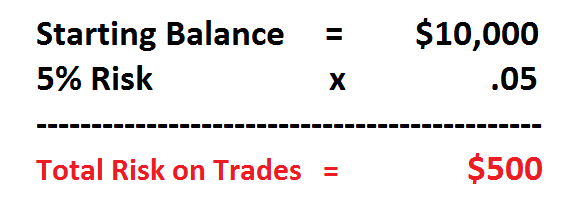






 Reply With Quote
Reply With Quote

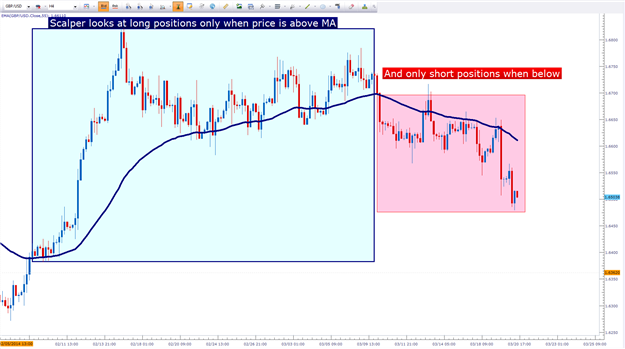


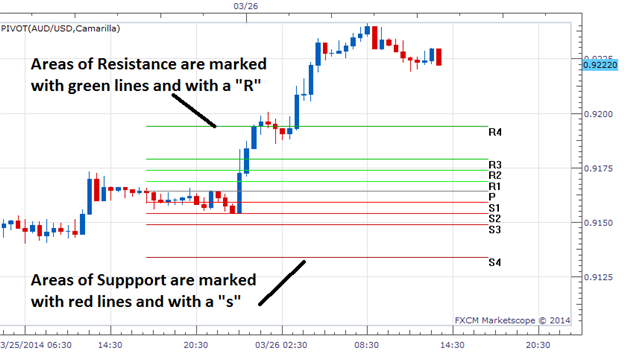
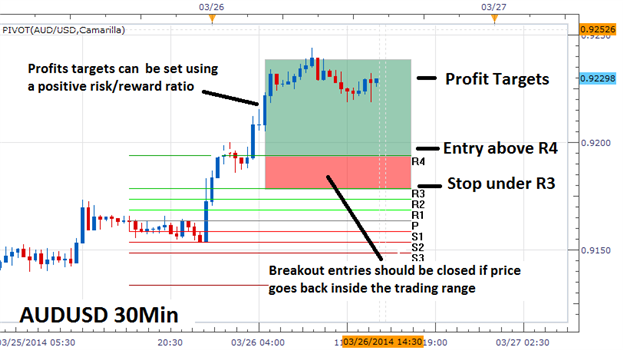

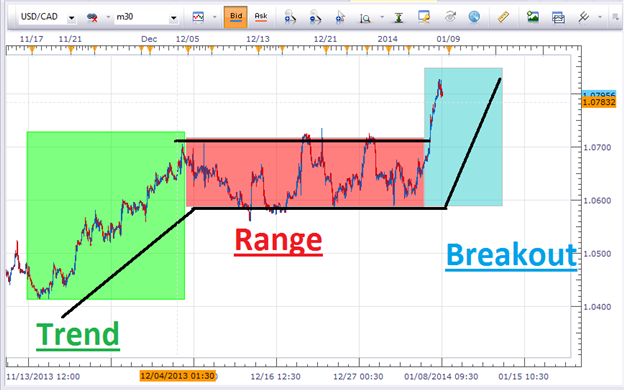


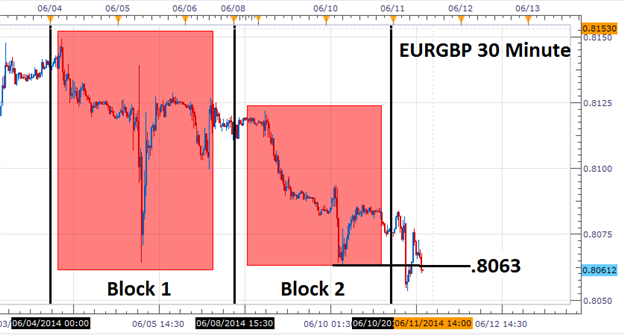

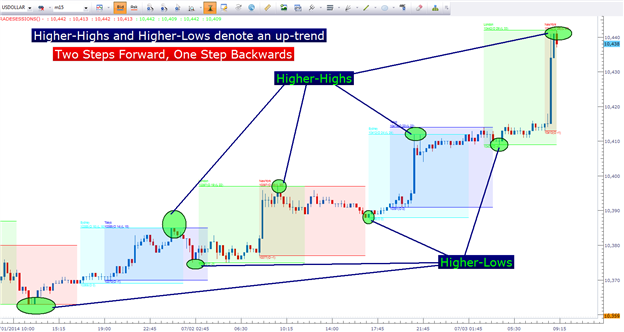
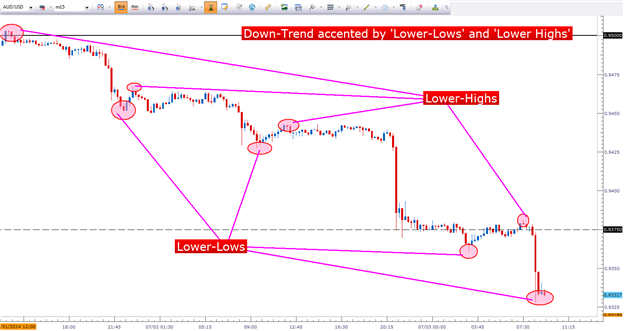
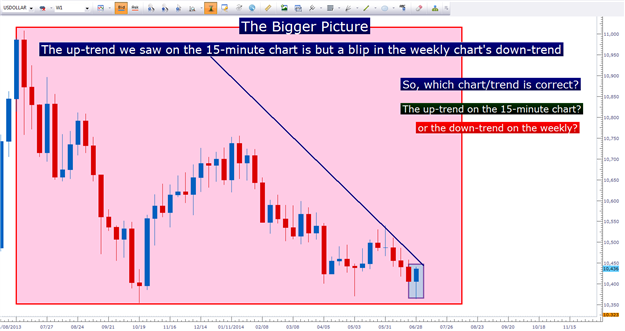


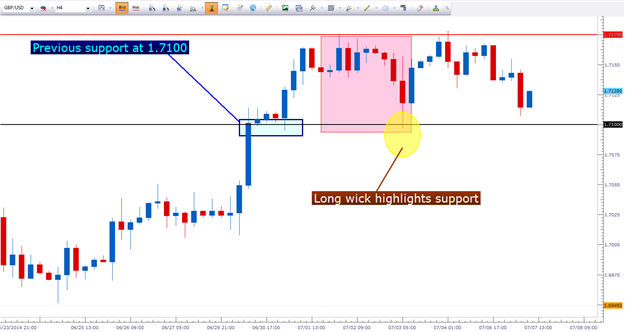






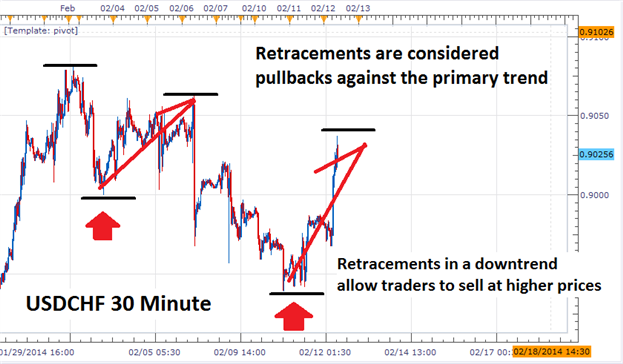
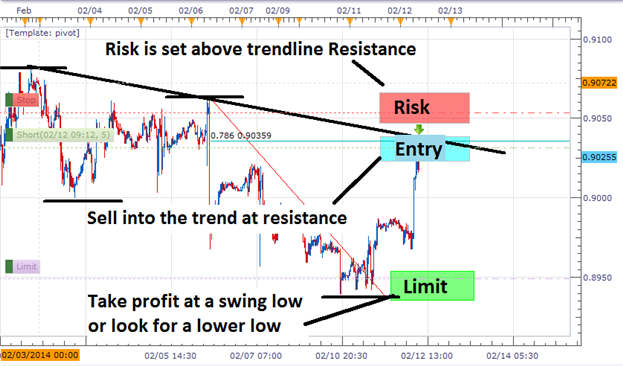



Bookmarks